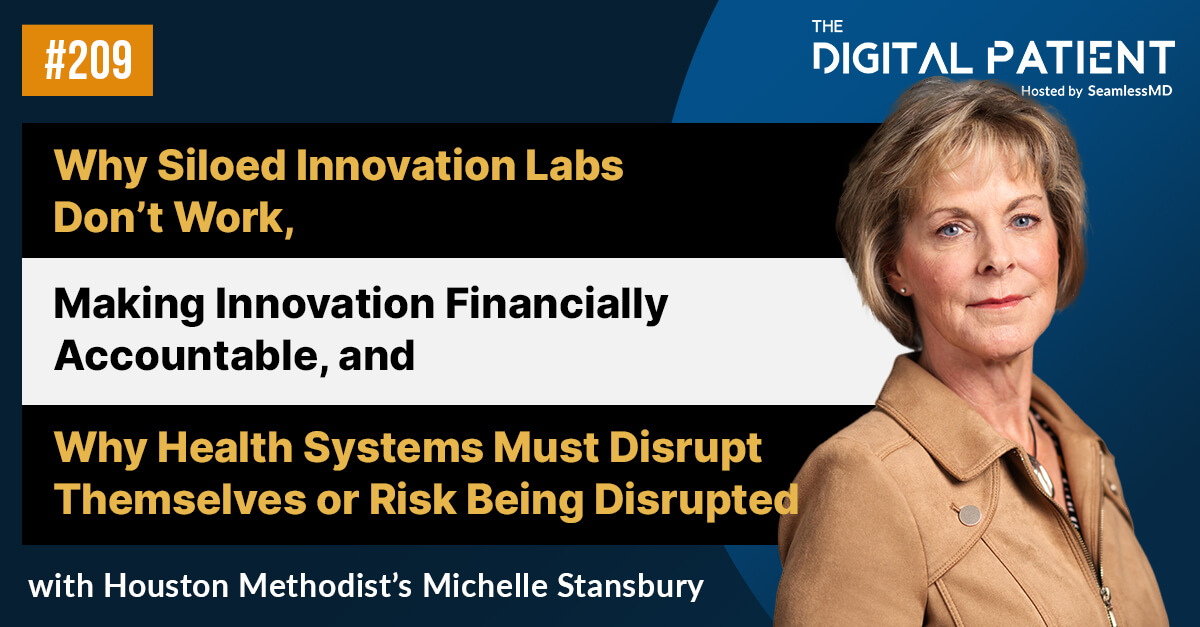Over the next few weeks, we're sitting down with surgeon thought leadersat great organizations committed to improving patient engagement, experience and quality of care for surgery. This week, we sat down with Dr. Sebastian Rodriguez, Orthopedic surgeon at the Downsview Orthopedic & Arthritis Center in Toronto, ON.Dr. Rodriguez specializes in hip and knee replacements, with a special interest in complex cases and revision surgery. His orthopaedic surgery training was completed at the University of Ottawa, after which he trained at the Hospital for Special Surgery (HSS) in New York. There he completed over 600 hip and knee arthroplasty cases at the world's busiest total joint replacement hospital. He was also the recipient of the prestigious Phillip D. Wilson Award for his research while in New York.
Why is patient experience so important to you?
The patientjourney is quite familiar to me, since I've been a patient myself I understand how important it is to keep the patient empowered and engaged in their care. With the growing demands and increase in pressure on the healthcare system,minimum amount of care is being given to the patient and as a result our healthcare system isn't built for the patient anymore. I think the patient is the most under-utilized resource in healthcare, which is why when I started my own practice, I made sure it was patient oriented and customer centric.While I was in the US for fellowship training, I learnt that everything in the US is very customer centric, and that is something that lacks in Canada. We can learn quite a bit from the private model where patients are treated very well.
What are your biggest challenges today when educating or engaging patients?
My biggest challenge is time. When I meeta patient for the first time, there's only so much information that a patient can take in and absorb for a potentially life changing operation.After the first visit, the patients still have lots of questions and always need more, they always need to talk and it's hard to do that in a limited amount of time. My life would be a lot easier if I could clone myself, but I have limited resources which makes it hard to make those decisions of who gets what and when.For example, the first time you tell someone they need surgery, it's likely that patientwillfind it difficult to absorb and retain all the information being thrown at them because of shock. Now, this information maybe very critical for preparing and recovery after surgery, but 40-80% of medical information provided by the healthcare team is forgotten immediately which hurts patient adherence and outcomes.
How can technology help you better care for your patients?
While I was doing my Masters in Health Administration, I got really interested in using technology to make my workflow more efficient and I like the idea of using technology to bridge the gap in medical care. It's a huge industry, and healthcare is the last big industry where we can use technology to do a lot of good. InCanada, there's not enough money for home care, not enough money for surgeons to care for patients and spend an hour or two with patients. Technology helps reassure patients as they travel through the healthcare system and helps streamline my practice which makes patient care better and safer.If you've readMalcolm Gladwell's Tipping Point, I think we're currently at the Tipping Point in Healthcare, where mobile and internet adoption is at an all time highand technology can reach everybody - which makes itthe perfect time to use tech for healthcare.
“The tipping point is that magic moment when an idea, trend, or social behavior crosses a threshold, tips, and spreads like wildfire.” - Malcolm Gladwell
How are you using technology in your practice to improve the patient experience?
We have a more informed public and as a virtue of that, people demand more information and it's incumbent upon us as physicians or healthcare professionals to provide that. People don't want to wait 3 weeks to get their MRI results, they want to know who their surgeons are, what surgeries you've done in the past and how many. And they want to know all of that before they've even met you. Which is why I've created my own website that allows people to access all of my information in one place.

With SeamlessMD I'm able to make the patient experience more tailored to them. It's a powerful platform that helps me automate my patient engagement across the patient journey, from pre-op preparation to post-op recovery.One of the neat things SeamlessMD offers is a lot of visual applications such as pictures and videos within the app, this is quite useful because it's hard to explain how hip replacement works to a patient. But if you show them a video or diagram, it becomes a lot easier. I also have a lot of older patients who bring in their caregivers, so technology allows me to liase and involve them through SeamlessMD's platform.Technology also allows me to remotely monitor my patients and have virtual meetings with them, so they don't have to travel back and forth. If they have SeamlessMD, it's a lot easier to access things much faster then theynormally could.
Why did you chose SeamlessMD to better engage your patients?
When I was looking around for a patient engagement solution, I chose SeamlessMD because they allowed me flexibility. I can have a lot of direct input which makes the application tailored to my practice and very personalized for my patients. They have made a fantastic app that answers any questions that my patients might have and it connects them to our instructions easily.Are you a thought leader in digital health or do you know someone who is? Give me a shout at moin@seamless.md – I would love to chat!This post was written by Moin Virani, Business Development Manager at SeamlessMD.
.svg)









.png)
